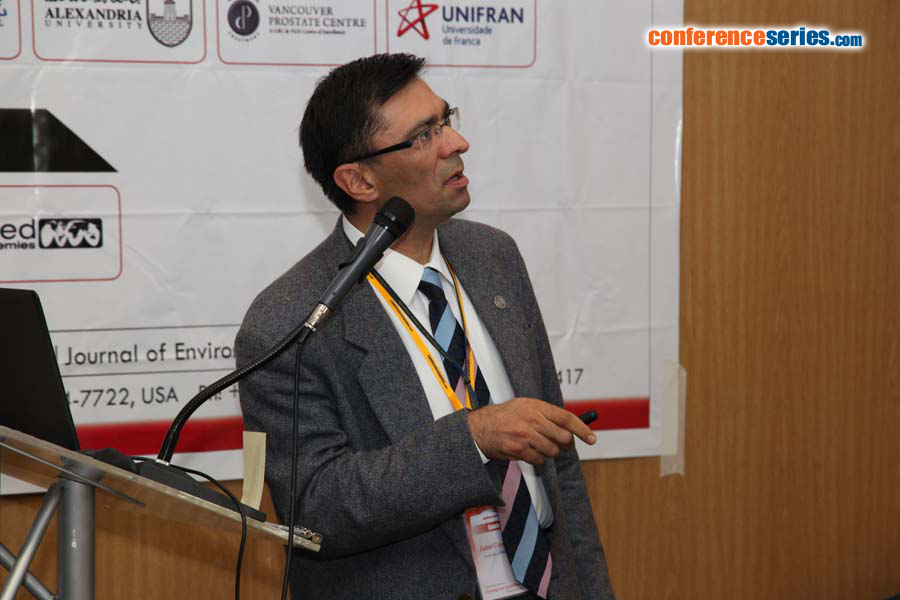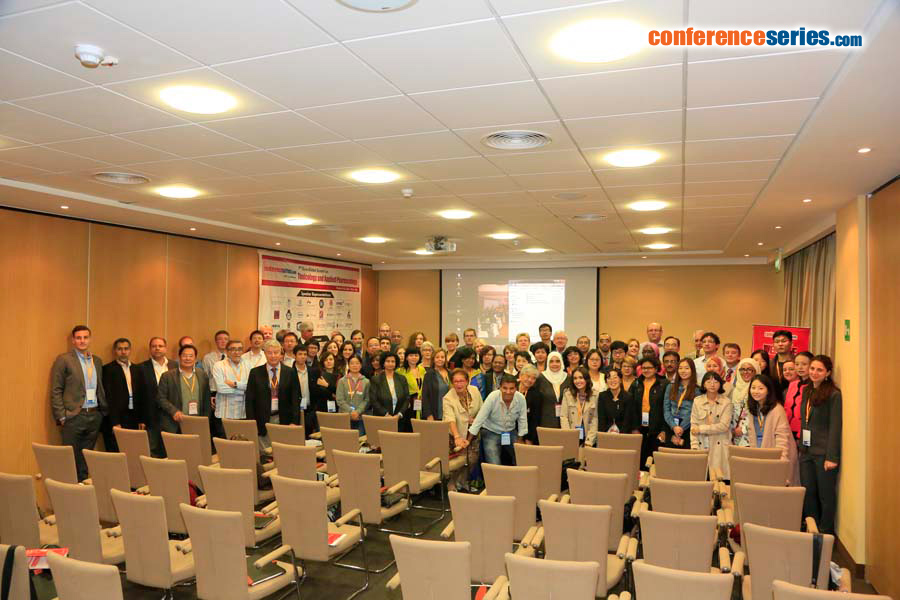Fabio Caradonna
University of Palermo, Italy
Title: Fifteen years’ experience treating cells with inorganic arsenic, a molecule able to induce genetic/genomic instability and epigenetic changes even after its removal
Biography
Biography: Fabio Caradonna
Abstract
Treating V79-Cl3 cells with 10 μM sodium arsenite (SA) for 24 h, we observed severe alterations in spindle morphology and aneuploidy; treating rat astrocytes with SA, we detected HSP70 induction and DNA damage. We assumed that SA
induced in dividing cells early genetic instability. Subsequently, we stabilized those V79-Cl3 cells in vitro dividing at the end of SA-treatment and maintained for long without SA (ASO cells). In ASO cells, we observed chromosomal rearrangements, increased spontaneous mutations, genome-wide DNA hypomethylation (GWDH), similarly to exposed cells. We inferred that a short-term SA exposure has long-term eff ects and that GWDH enhances the genetic instability. Consequently, we evaluated GWDH in HaCaT keratinocytes at several time points during expanded growth following SA removal. We found a persistent GWDH and some specifi c gene promoters (DNMT3A, DNMT3B, HMLH1) methylation changes. We suggest that the SA-treated cells undergo epigenetic reprogramming at gene/genome level that is durable over many cell generations in the absence of SA, contributing to long-lasting genomic instability SA-induced. Obtaining several individual clones isolated at different time points from the growing ASO cells, we observed in someone, chromosomal and morphological instability, higher ROS and berrant DNA methylation. We also noted that all the ASO clones with low SOD1 and high ROS acquired a transformed phenotype and moreover, increase of ROS was accompanied by defective telomerase activity. We propose that cells escaping the SA-induced death, perpetuate the memory of past exposure via ROS because of antioxidant and telomerase activity impairment and ultimately they acquire a transformed phenotype.




